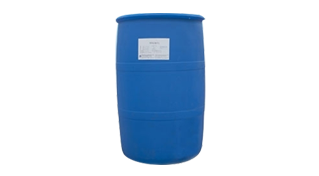Surfactants can be divided into anionic, cationic, amphoteric and non-ionic types according to whether their groups can be ionized and the properties of ionized groups. It is generally composed of nonpolar lipophilic groups and polar hydrophilic groups. The two groups are located at both ends of the molecule to form asymmetric hydrophilic and hydrophobic structures.

The structural characteristics of anionic surfactants are that they contain negatively charged hydrophilic groups and hydrophobic groups. The structure of hydrophobic groups is mainly hydrocarbon straight chain and ring chain. The structure of hydrophilic groups is mainly alkali metal sulfonate groups and sulfate groups. The surfactants of potassium, sodium and ammonia salts have high solubility in water and can be used in the manufacturing of aqueous paint paste.
The structural characteristics of cationic surfactants are that they contain positively charged hydrophobic groups, often large volume quaternary ammonium compounds, and have strong adsorption capacity on solid surfaces. They are mostly used in solvents or acidic aqueous systems.
The structural characteristics of amphoteric surfactants are that their groups ionize groups with different charges with different pH values of the system, showing the function of anions or cations. Because of their unstable properties, amphoteric surfactants are less used in the coating industry.
Nonionic surfactants can not be ionized in aqueous systems, but can be hydrated by hydrogen bonds through oxygen in the molecules. The molecules contain both hydrophilic hydroxyl or ether bonds and hydrophobic ester or amide bonds. They can be compatible with ionic surfactants and have excellent compatibility. They are widely used in the preparation of aqueous paint pastes.